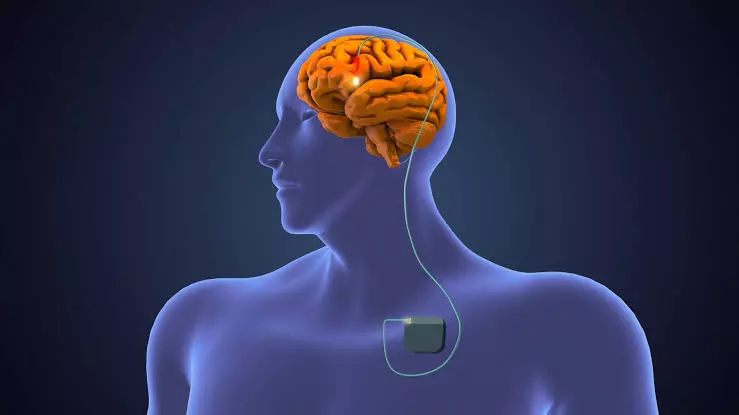What is adaptive DBS? How it helps in treating Parkinson’s disease
DBS has been found to have the potential for treating neurological disorders
By Neelambaran A
Representational Image.
Parkinson’s disease is a neurodegenerative disorder that affects the dopamine-producing neurons in certain areas of the brain. The common symptoms include tremors, stiffness, slowed movements, and balance problems. The symptoms differ from person to person and progress over time.
Though the condition is not permanently curable, there are treatment options available,e including medications, lifestyle changes and deep brain stimulation (DBS), a surgical procedure carried out to implant electrodes in the affected areas of the brain.
The adaptive DBS (aDBS), a new approach to personalise the DBS treatment has increased the hopes for better outcomes, overcoming the limitations of traditional DBS surgeries.
Real-time stimulation in aDBS
The aDBS treatment uses feedback from the brain to adjust the intensity and timing of electrical stimulation delivered to the specific brain areas, whereas DBS provides constant stimulation. The aDBS is considered as a revolutionary transformation in the treatment of Parkinson's disease and other neurological illnesses.
According to Prof. Dr Rupam Borgohain, Senior consultant neurologist and program director, Yashoda Hospitals, the personalized approach improves the symptom management in addition to reducing the adverse effects and increases device battery life.
"ADBS dynamically modifies stimulation in real-time based on brain activity, adjusting therapy to the patient's urgent needs compared to conventional DBS, which offers continuous electrical stimulation”, he said.
Automatic adjustment of stimulation
The system continuously analyzes neural biomarkers, such as beta or gamma oscillations, which correlate with motor symptoms like stiffness or involuntary movements.
Dr Rupam Borgohain said, “The gadget automatically adjusts stimulation intensity to ensure the best possible symptom alleviation when these signals show changes in symptoms. This versatility overcomes a significant drawback of conventional DBS, which, because of its fixed settings, may either overstimulate or understimulate, particularly when symptoms change throughout the day or with drug cycles”.
Clinical benefits of aDBS
Compared to traditional DBS, studies have shown aDBS can cut down on the amount of time spent with troublesome motor symptoms by over 50%. With fewer episodes of stiffness or dyskinesia and no worsening of other symptoms like speech or gait difficulties, patients report an enhanced quality of life.
"aDBS not only increases efficacy but also lowers the danger of side effects like involuntary movements or speech issues, which are typical with continuous stimulation, by providing stimulation just when necessary”, Dr Rupam Borgohain said.
Can treat dystonia and epilepsy
DBS has been found to have the potential for treating neurological disorders such as dystonia and epilepsy in addition to Parkinson's disease. Its capacity to deliver on-demand stimulation based on actual brain activity may revolutionize neuromodulation treatments for a range of illnesses.
"This is individualized medicine at its finest. We are getting closer to transforming care for millions of people with severe neurological illnesses as we improve these technologies and extend research to bigger patient populations", said Dr Rupam Borgohain.